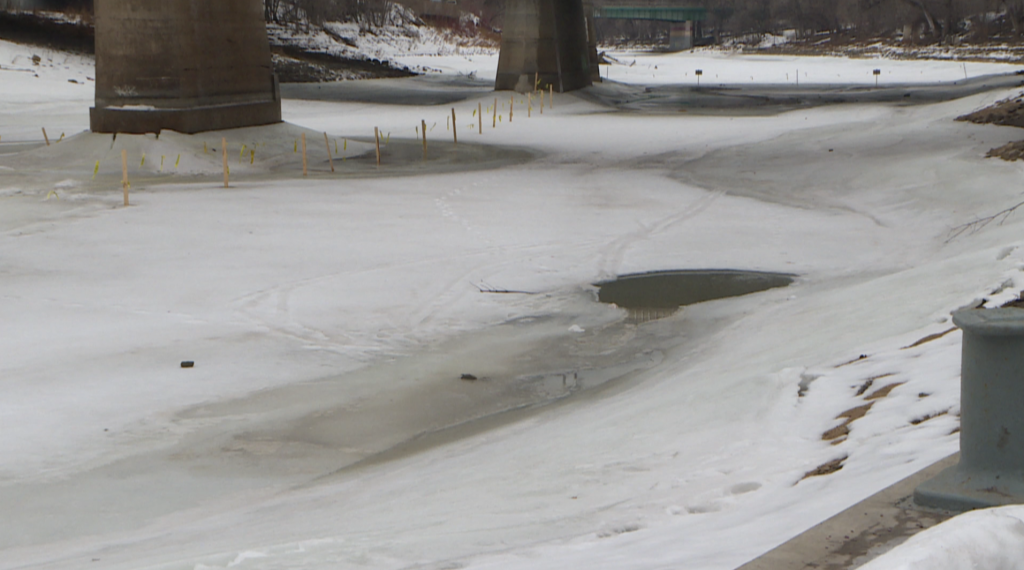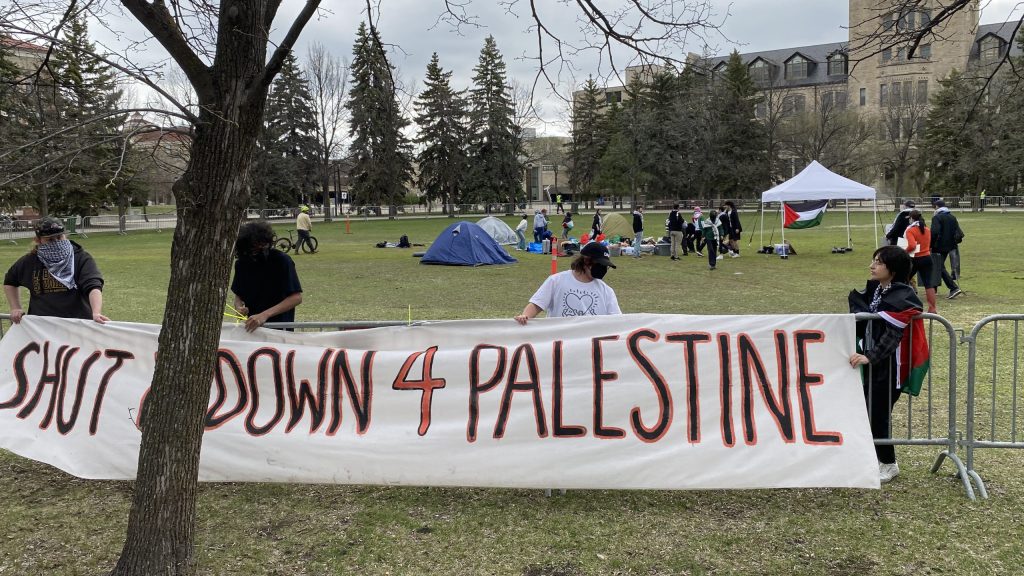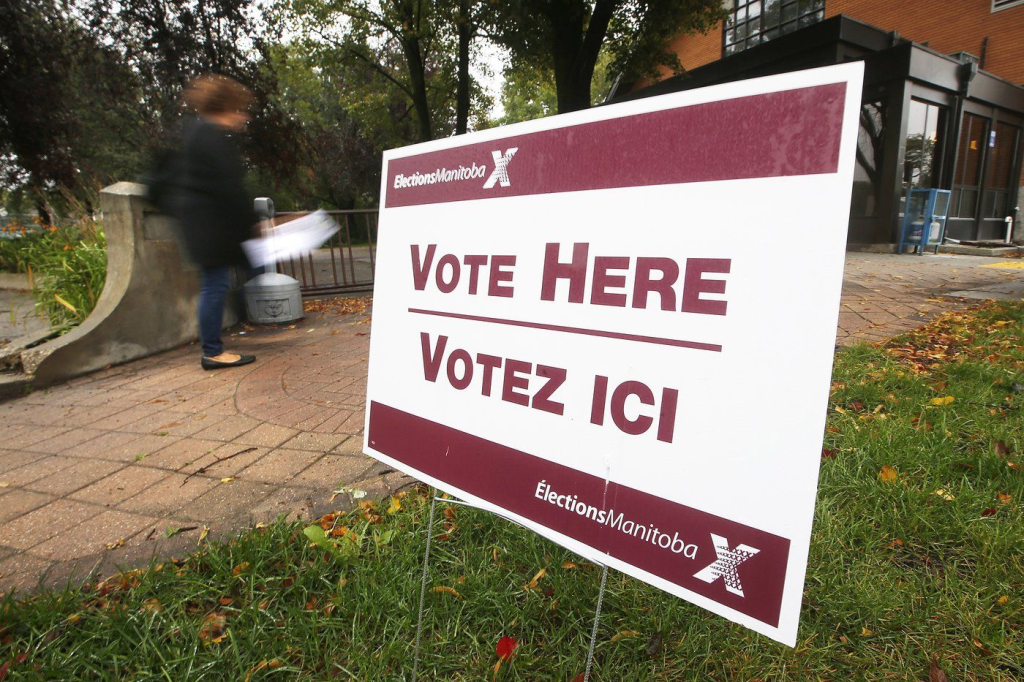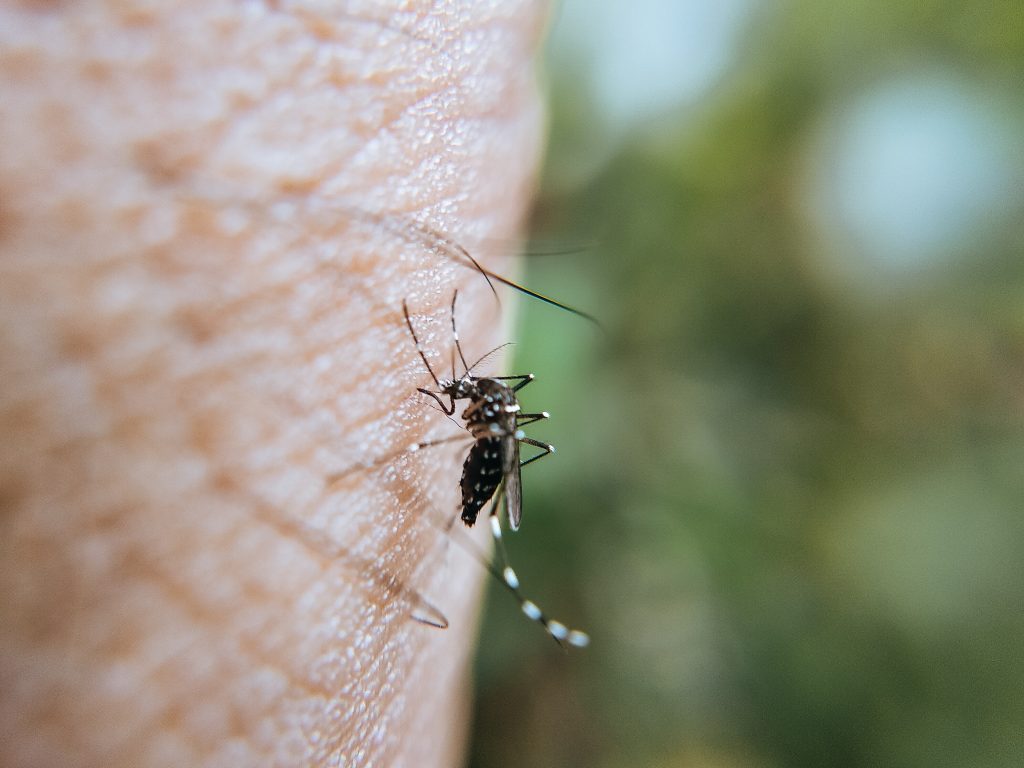Record-breaking warm January in Manitoba is bringing out some summer activities
Posted February 1, 2024 4:14 pm.
Last Updated February 1, 2024 10:13 pm.
Golfing in February — it’s definitely not a sport you can normally play during the winter months here in Manitoba, but thanks to unseasonably warm temperatures, it’s now possible.
Eason Cerasani from Shooters Family Golf Centre says it’s the first time they have been open for 12 months straight.
“We opened last March for the driving range, and obviously open all summer. The season went late right into December. We were open yesterday, which was the 31st (January) and today is the 1st (February) so that is 12 consecutive months in Winnipeg, which is pretty good,” explained Cerasani.
Scott Kehler, the chief scientist with Weatherlogics, says El Nino is to blame for the warm temperatures. This past week, those living in McCreary, Manitoba felt the second warmest temperature ever recorded in the province in the month of January at +14 C. And on Tuesday, Maple Creek Saskatchewan feeling the second warmest temperature across Canada in January with a whopping +21 C.

“I’m almost certain there will be more records set over the coming weeks across Canada with this warm weather,” said Kehler.
“In Manitoba, the month of January was 4 degrees warmer than normal in Winnipeg. That has caused us to see snow melt and also set a lot of record temperatures.”
Kehler says this winter, so far, ranks as the third warmest on record. Winnipeg broke the record for the warmest January 31st since 1872. Temperatures reached over +7 C, overtaking the previous record of +5 C set back in 1952.

“That -20 number, we have seen 12 times so far this winter. Most of them was in that little week stretch in the middle of January. That is tied for the record fewest we have ever seen in the first three months of the winter – November, December, and January,” said Alex Crawford, Assistant Professor, Dept. of Environment and Geography, University of Manitoba.
In 2023, Winnipeg had 21 days below -20, but in 2022, there were 40. The record remains at 62 days below -20 set in 1875 and 1894.
“The climate change is, if you go back to the first 30 years on record, (1872-1901) we average about 47 days in November, December, and January each year that would get below -20. Today, it’s about two-thirds of that. We are only getting 30 days on average.”
Jay Doering, a retired professor of civil engineering at the University of Manitoba, says the precipitation patterns are concerning.

“We had a fairly dry fall, so there isn’t a lot of moisture in the soil. We haven’t had a lot of precipitation over the course of the winter. That is not great when it comes to seeding for the farmers in the spring.”
The warm weather is having an impact on organizations that rely on winter, like Winnipeg’s Festival du Voyageur, which normally features world-class snow sculptures.

“Without the snow, we don’t have Festival du Voyageur. But also winter is an important season that we need to have to make sure we have our cycles and maintaining our ecosystems and those are much bigger issues that we are more conscious of as an organization,” said Breanne Lavallee-Heckert, the director of the Festival du Voyageur.








